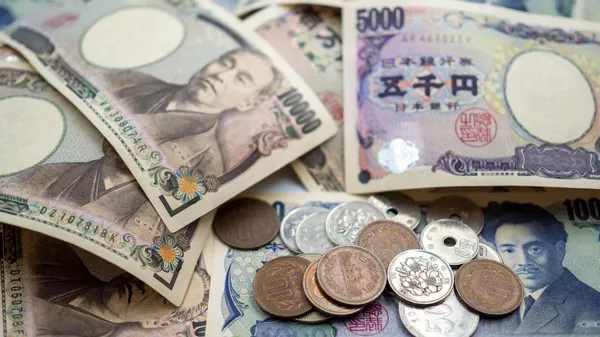The Japanese yen, a key player in the global currency market, has long been a subject of scrutiny among economists, investors, and policymakers. Determining whether the yen is overvalued or undervalued involves a complex analysis of various economic indicators, monetary policies, and global market dynamics. In this article, we delve into the factors influencing the valuation of the yen and attempt to answer the crucial question: Is the yen overvalued or undervalued?
Historical Context
To understand the current valuation of the yen, it is essential to consider its historical context. Japan, with its robust export-oriented economy, has consistently maintained a trade surplus, contributing to the yen’s historical strength. However, prolonged periods of deflation and low interest rates have also characterized the Japanese economy, influencing the yen’s value. Over the years, the yen has experienced periods of appreciation and depreciation, influenced by both domestic and global economic conditions.
Economic Indicators
Examining key economic indicators is crucial in evaluating the yen’s valuation. One of the primary indicators is the real effective exchange rate (REER), which considers inflation and trade balances. A high REER suggests that the currency is overvalued, while a low REER indicates undervaluation. In recent years, the yen’s REER has been relatively high, raising concerns about its overvaluation. However, this measure alone may not provide a comprehensive view, as other factors also play a significant role.
Trade Balances
Japan’s consistent trade surplus has traditionally supported the yen’s strength. A surplus means higher demand for the yen, as international buyers need to acquire the currency to pay for Japanese goods and services. However, recent shifts in global trade dynamics and increased competition have led to concerns about the sustainability of Japan’s trade surplus. Fluctuations in trade balances can influence perceptions of the yen’s value, making it essential to monitor trade trends and their impact on the currency’s valuation.
Monetary Policy
The Bank of Japan’s (BOJ) monetary policy decisions are critical in understanding the yen’s valuation. Persistent low inflation and the challenge of escaping deflation have led the BOJ to implement unconventional monetary policies, including negative interest rates and extensive quantitative easing. These measures aim to stimulate economic growth but can also impact the yen’s value. Investors closely watch the BOJ’s actions and statements for signals about future policy directions, as these can significantly influence currency movements.
Global Economic Conditions
The yen’s valuation is not solely determined by domestic factors; it is also influenced by global economic conditions. The currency is often considered a safe-haven asset, attracting investors during times of uncertainty. Events such as geopolitical tensions, financial crises, or pandemics can lead to increased demand for the yen, potentially causing it to appreciate. Understanding the broader global economic context is crucial in assessing the yen’s true value.
Currency Intervention
Japan has a history of currency intervention, where authorities actively buy or sell the yen in the foreign exchange market to influence its value. Intervention is often employed to prevent excessive appreciation or depreciation that could harm the country’s export-driven economy. The effectiveness of currency intervention is debated, and its impact on the yen’s valuation remains a topic of discussion among economists.
See Also Implications of a Weaker Yen for Investors in Japan: A Simple Guide
Conclusion
In conclusion, determining whether the Japanese yen is overvalued or undervalued is a nuanced task that requires a comprehensive analysis of various economic indicators and global factors. Historical context, economic indicators, trade balances, monetary policy, global economic conditions, and currency intervention all contribute to the complex dynamics influencing the yen’s valuation.
As of the present, the yen’s real effective exchange rate remains relatively high, suggesting a degree of overvaluation. However, ongoing shifts in global trade dynamics, Japan’s monetary policy decisions, and unforeseen geopolitical events can quickly alter the currency’s trajectory. Investors and policymakers must stay vigilant, continuously monitoring these factors to make informed decisions about the yen’s valuation and its implications for the broader economic landscape.


